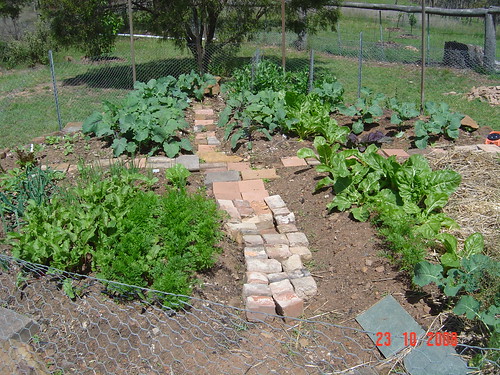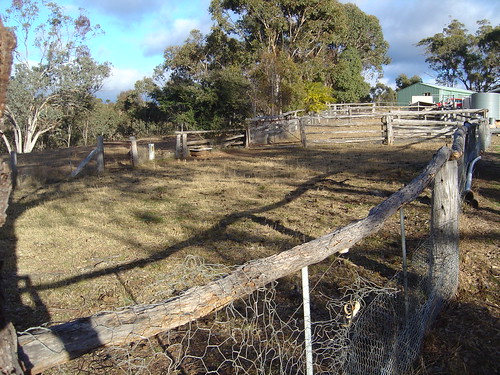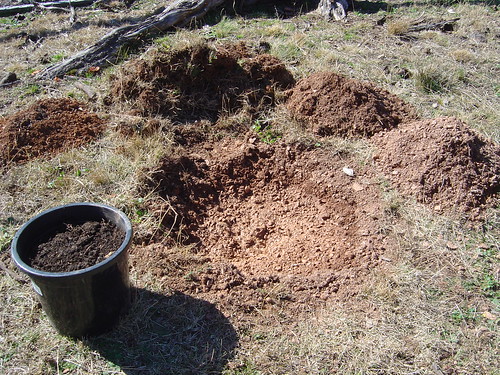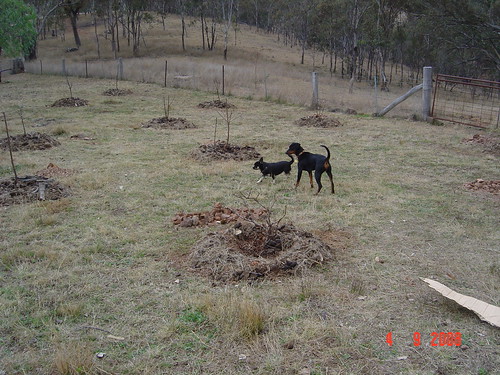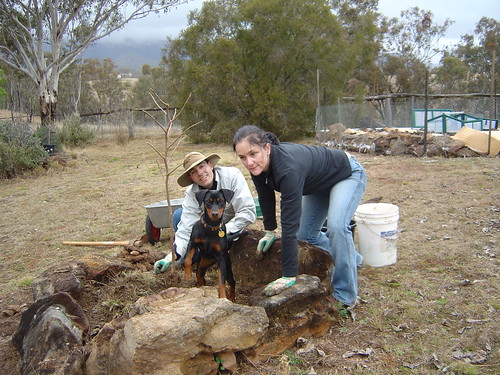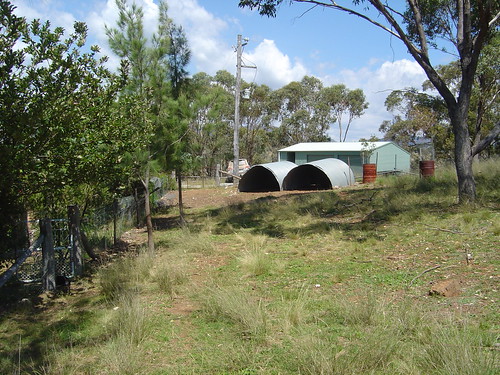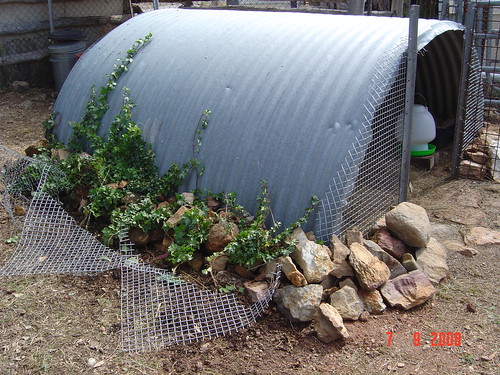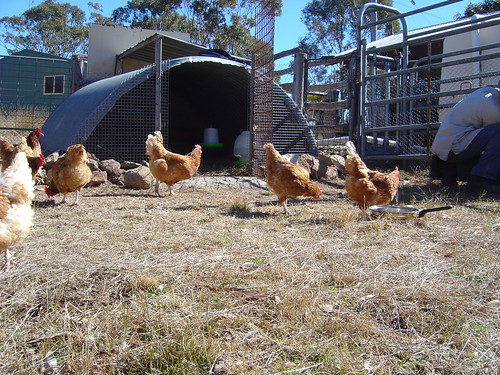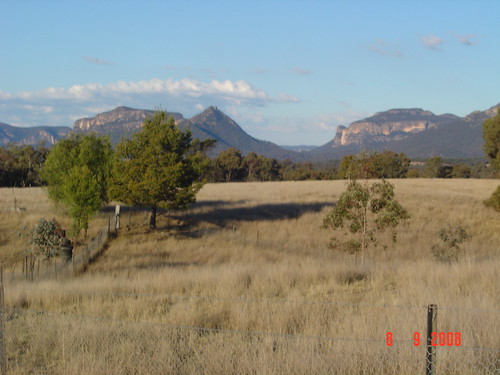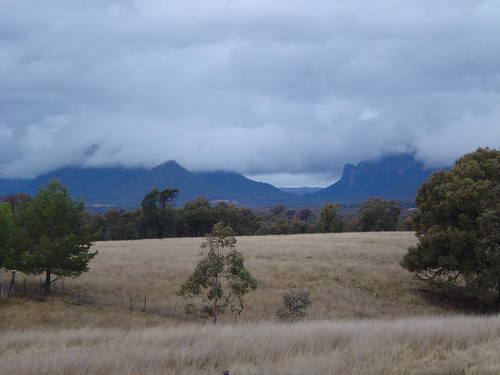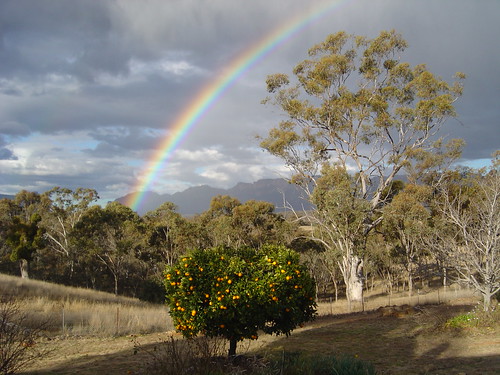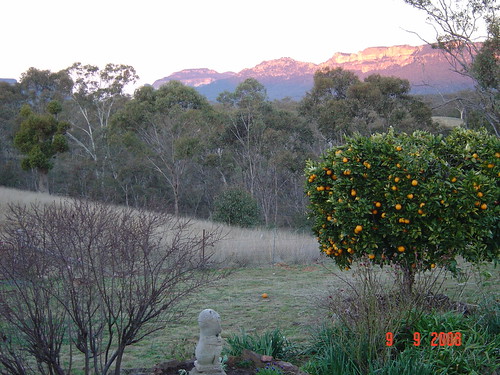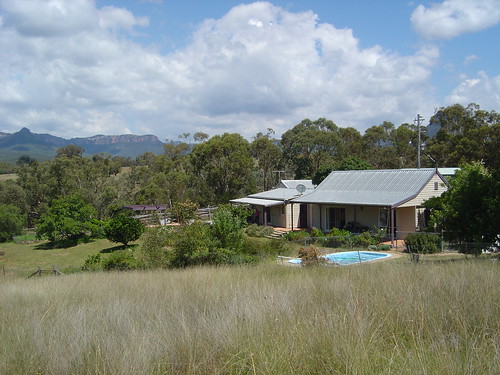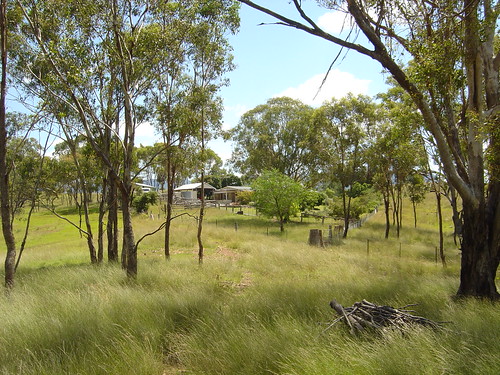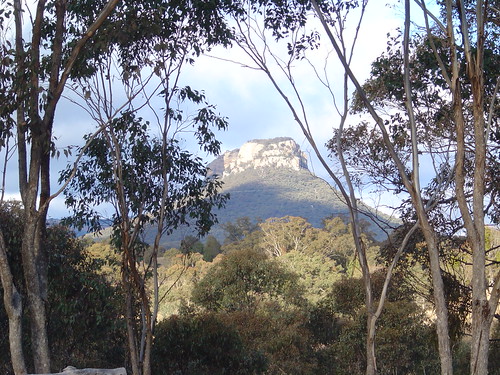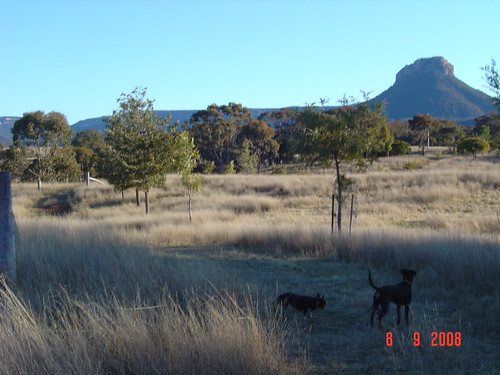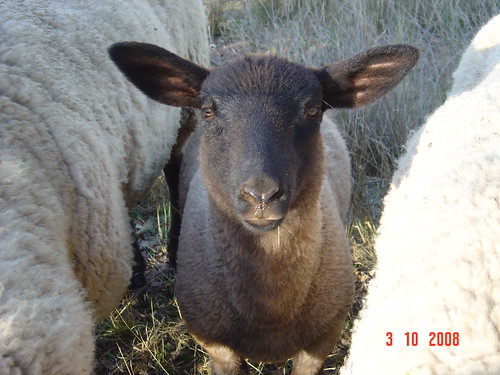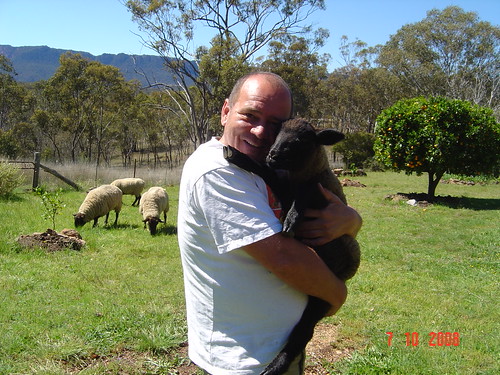The vegetable garden is of great interest - it's the first that I've ever truly had.
There was a small patch already in situ. It was heavily overgrown with a variety of plants, largely grasses. When I tore them out and placed them in a pile to compost, it didn't really do anything for all of the seeds that were left behind. We did try putting the chooks in there for a wee while but they didn't like being caught twice a day for that purpose. So, for now, I just weed and eventually the seedbank should decline.

First planted out. A trial run, really, dealing, too, with frost (I like, as you can see, using commas).
They grow quickly, n'est pas? Bottom left: carrots, beetroot, onions, leeks. Top left: broccoli, kohl rabi. Top right: peas, swiss chard, broccoli. Bottom right: leftovers (this bed becomes the tomato bed).
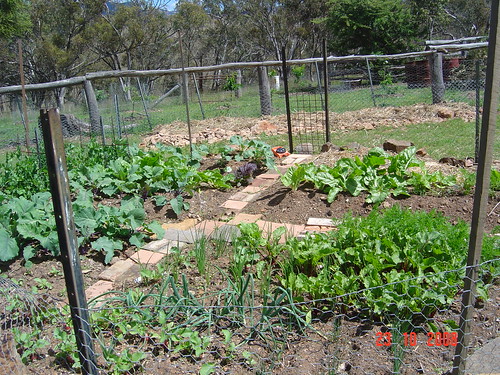

Another view. Notice the bed along the fence in the background....this becomes the sunflower patch (post tomorrow, I hope).


Look at that! Two months from first planting....
There's still much to learn. For example - did the broccoli not taste so good because it went in at the wrong time? And, there's so much more improvement of the soil required PLUS the addition of perhaps 4 times as much space as this.

